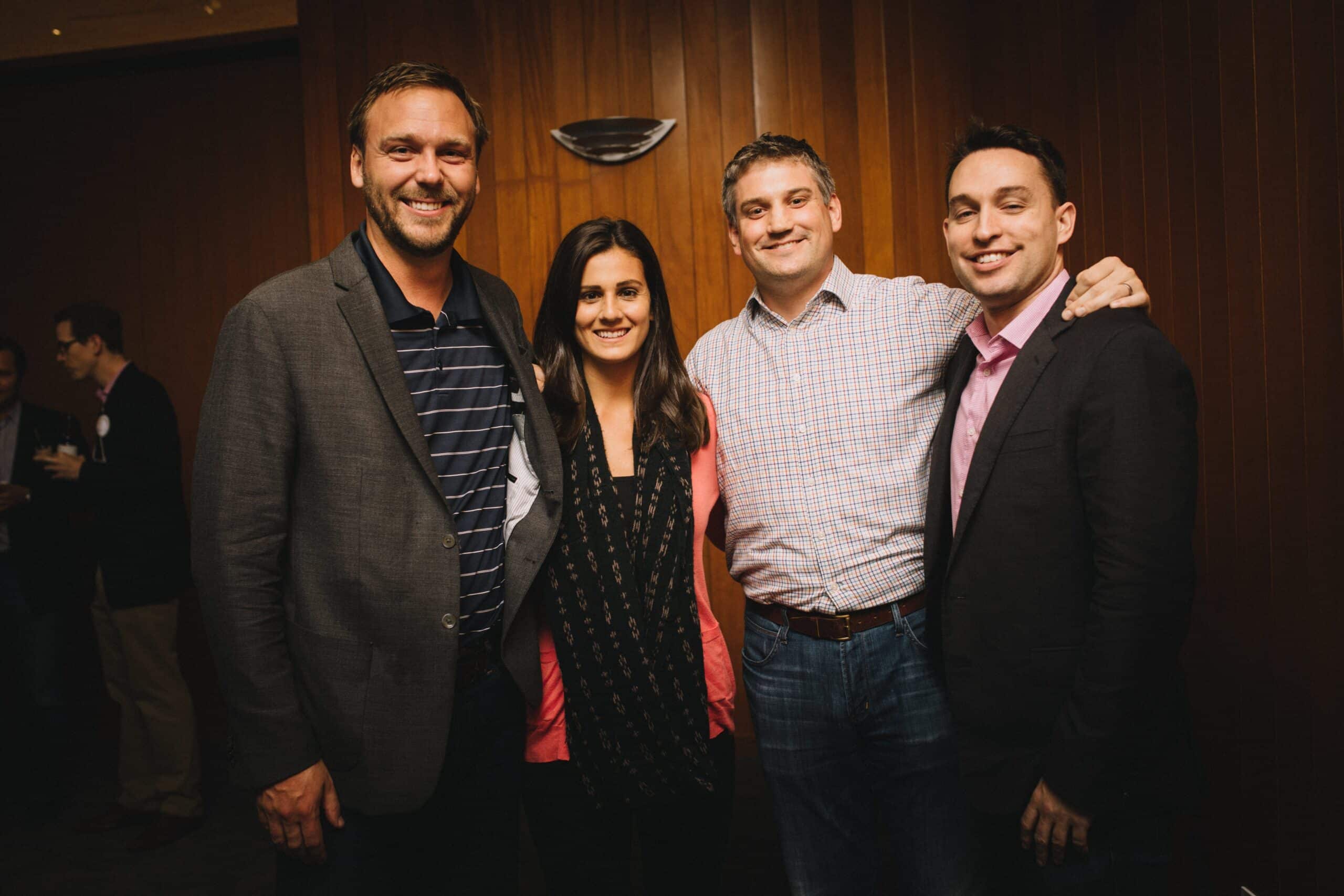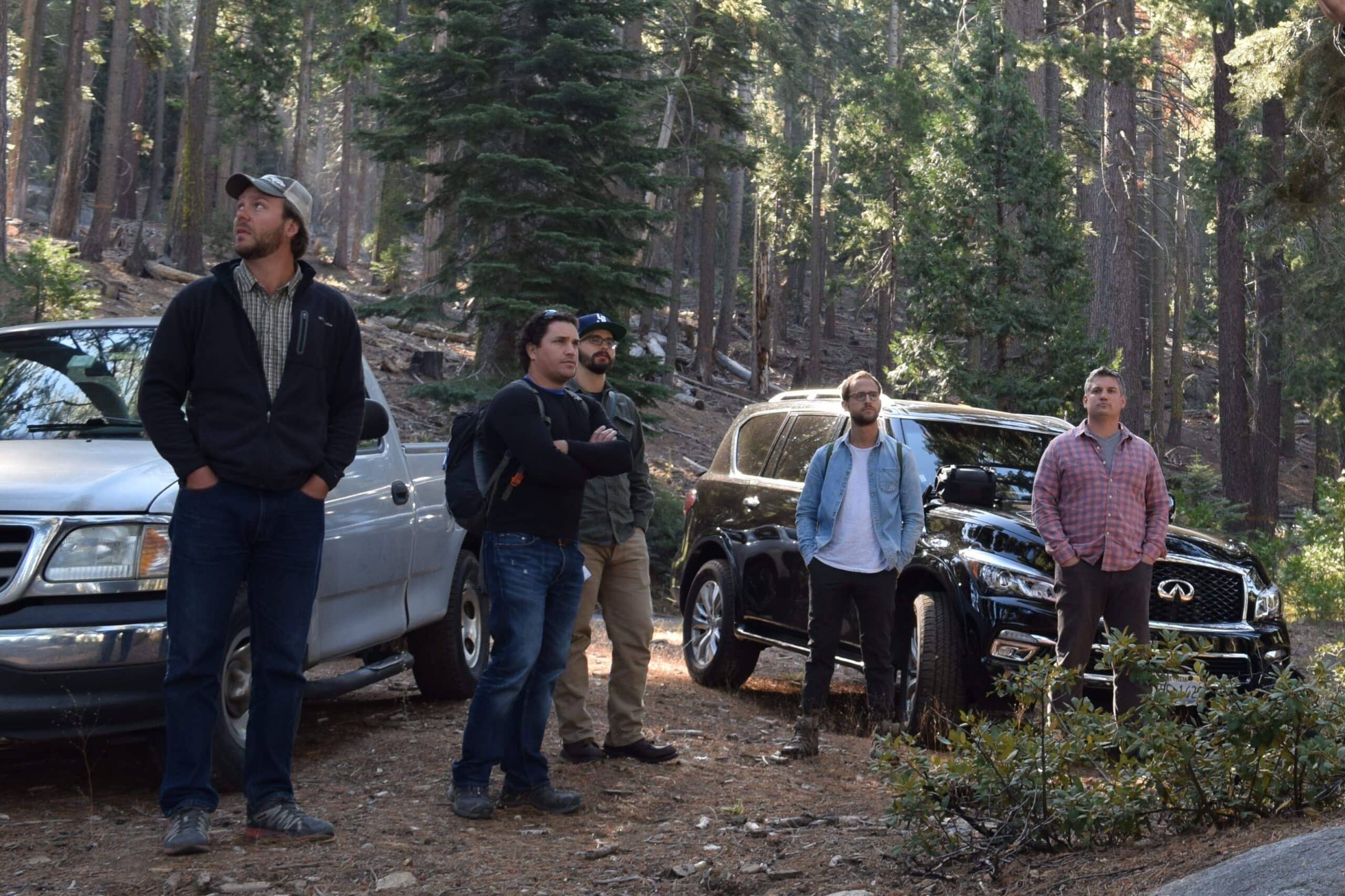Podcast: Nick Wobbrock, cofounder of Blue Forest Conservation
July 10, 2017
Podcast: Play in new window | Download
Subscribe: Apple Podcasts | RSS
Follow the water coming out of your faucet to its source, and you’ll find a forest.
Major metropolitan areas like Portland, New York and San Francisco rely on the health of a nearby forest to supply its people with clean drinking water. My next guest Nick Wobbrock believes that first, more people must know this connection, and second, we get innovative about funding the restoration necessary to keep our forests – and thus our water resources – healthy and resilient.
Wobbrock is co-founder of Blue Forest Conservation, a startup using financial innovation to solve today’s most acute environmental problems.
What is Blue Forest Conservation?
Blue Forest Conservation is an environmental investment firm. We actually started just a few years ago coming out of Berkeley to create meaningful ways to invest in forest restoration. We were actually in California a couple years ago while wildfires were raging in the Sierra Nevada, and it was all over the news. It was hard to be immune from it, and there were lots of groups advocating for forest restoration and work that would reduce those fires, but there was nothing to be done at the time. There was really a lack of resources.
My background was as a civil engineer in water resources, and while I was trying to find ways in business school to look at new models to protect our environment, I had some great friends in school that now became partners that had a finance and investment background – some who worked on Wall Street. While I was describing the problem of wildfire and watershed restoration and the lack of resources available for it, they really brought my attention to the opportunity that finance could play to protect our natural resources.
The more we thought about this problem, the more we realized it’s really interdisciplinary. It requires a good understanding of the science and infrastructure and policy involved but [also] where the resources and the money can come from to do the investment that so many groups are advocating for. While we were at school, we became aware of a great sustainable investing competition that Morgan Stanley hosts, and we entered that. This was now three years ago and we made it out on top and had the fortune of presenting this concept of forest restoration and watershed investments to an international audience. They loved it. The more I learned in working on this for the past three years is that groups are really looking at how we can direct our economic resources to protect our natural resources. And it’s been really encouraging since then.

Blue Forest partners, Nick Wobbrock, Leigh Madeira, Zach Knight, and Chad Reed sharing the Forest Resilience Bond at the Berkeley Energy Climate Institute where Blue Forest was a 2016 Berkeley Cleantech University Prize finalist.
The simple ecological connections are complex enough, much less adding finance into that mix. But for our listeners, give us the brief connections between the health of a watershed and the health of a forest.
You mention the ecological connections are complex and they are, but they have also been studied for quite a long time. Most of our water – unless you are using groundwater in the West – is really coming from forests. In fact, it’s coming from mountain snowpack especially in California and much of Oregon, Washington and the western U.S. And an unhealthy forest puts a lot of our water resources at risk. We’ve seen over the last couple decades a lot more damaging wildfires that not only kill a lot of the trees at an unnatural level but also create a scarring in the soil and in the landscape that puts our water quality at risk and reduces the potential for storing that mountain snowpack that’s so critical.
Essentially those large wildfires really come from overgrown forests?
That’s right. The Forest Service was really created to protect our forest resources but also to protect our water resources over 100 years ago. We’ve been really aggressive. The Forest Service is putting out all fires, so 100 years of fire exclusion, especially in environments where fire has been a natural part of the ecosystem. Since we’ve been putting out fires with quite a lot of success, there’s been a disruption of that natural fire cycle, and that disruption has created far more trees, sometimes up to 10 times more trunks and stems than what was naturally occurring, as well as two to three times more biomass. Often trees are at a similar stand age, rather than a lot of the diversity and what foresters like to say heterogeneity – a lot of variability in stand height and age. This creates a more resilient forest to things like drought and things like wildfire, which is really a healthier watershed. Fortunately, when we can have that healthier landscape, it really provides a lot more resources and protection for the communities around it who depend on those forests for economic support as well as for downstream stakeholder groups, like water utilities, power utilities and irrigation districts that rely on that water for their economic sustenance. But it is also part of the system for recreation and a cleaner, healthier environment that we all depend upon.

Blue Forest visits the Stanislaus-Tuolumne Experimental Forest to visit ongoing restoration projects and a wireless mesh sensor network developed by the Sierra Nevada Research Institute to measure environmental outcomes from restoration.
So you’re suggesting, as a conservation matter, we need to go cut some trees?
Yes. That is a big leap for a lot of people. It was a big education for me that there’s too many trees in a lot of the dry land forests in the West. That creates a lot of opportunity for engagement and outreach. For one, at Blue Forest Conservation, we are working with actively established forest collaborative working groups. These groups have various stakeholders, from government agencies to community and business interests to timber and environmental interests. All of those groups have long before we were in the picture identified restoration work that they would like to see advanced and funded. The big problem for a lot of these working groups is that there isn’t any financing available to fund the projects that they’re planning. But that planning process by nature brings together a lot of the community and local interests, where they’ve been educating us and we’ve been educating them on how resources could be brought to do some of the restoration they want in their own backyard.
You’re talking about money to undertake these massive jobs to thin out the fuel. Is this where the Forest Resilience Bond starts to come in?
Absolutely. So just in California alone, there are 6 to 8 million acres in need of restoration. And restoration can cost anywhere between $500 and $2,500 an acre. We’re talking about a problem that’s really billions of dollars in size. Generally forest collaborative working groups have been funding projects with some Forest Service dollars and some grants. We see an opportunity to bring tens of millions of dollars or more to do individual projects and more to try and address the funding gap that the Forest Service has to do land management. The Forest Service in the mid-nineties was spending something like 15% of their budget fighting fires. A couple years ago, they spent over half their budget, and they expect to continue to spend more. All of that money that they’re putting toward fighting fires takes away from their general budget to do some of the work that the Forest Resilience Bond wants to come in and fund the restoration work to reduce the fires that are so costly to fighting in the first place.
#environmental podcast #Forest Resilience Bond #forests #water resources #Watershed
